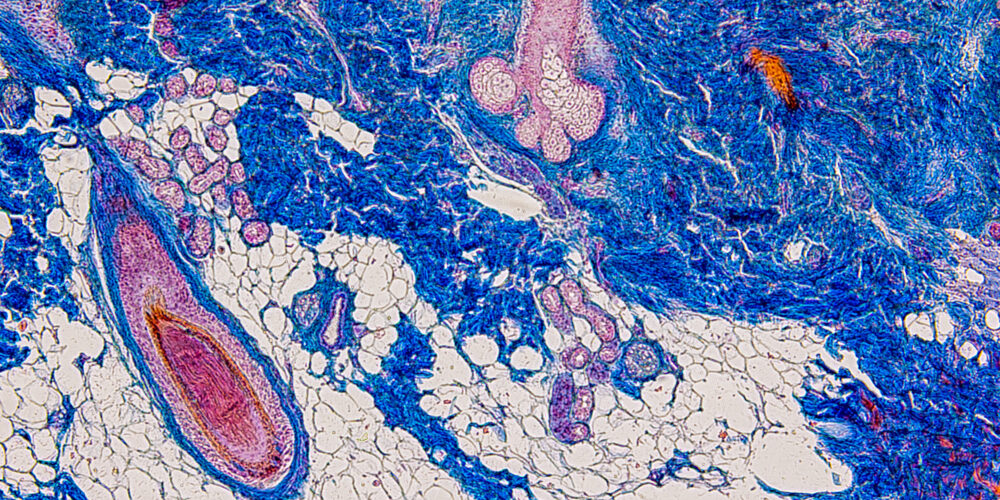At Cyprotex, we provide a complete suite of skin sensitization assays designed to evaluate the sensitization potential of chemicals, cosmetics, pharmaceuticals, and other consumer products. Our scientifically rigorous solutions are tailored to deliver high-quality, reliable data, ensuring compliance with regulatory guidelines while supporting your product's safety profile.
Skin Sensitization Assays
Skin sensitization is a critical endpoint in evaluating the safety of chemicals, cosmetics, and pharmaceuticals, as it determines the potential of a substance to cause allergic skin reactions. Conducting studies in accordance with OECD guidelines ensures that testing methods are scientifically validated, internationally recognized, and aligned with regulatory requirements. These guidelines promote the use of non-animal approaches, such as in vitro and in chemico assays, which provide accurate and reproducible results while adhering to ethical considerations. Compliance with OECD standards not only facilitates global market acceptance but also strengthens consumer and regulatory confidence in product safety, making it an essential step in the development process.
We offer the following skin sensitization services in accordance with OECD guidelines:
- KeratinoSens™ Assay: This cell-based assay measures the activation of the Keap1-Nrf2-ARE pathway, a critical biological mechanism involved in skin sensitization. KeratinoSens™ offers quantitative data to predict sensitization potential, aligning with OECD Test Guideline 442D and providing a reliable alternative to animal testing.
- Direct Peptide Reactivity Assay (DPRA): The DPRA assesses the reactivity of test compounds with synthetic peptides, mimicking the initial step in skin sensitization. This non-cellular assay is recognized under OECD Test Guideline 442C and provides robust data on a chemical’s ability to bind proteins—a key indicator of sensitization potential.
- U-SENS™ Assay: Focused on evaluating dendritic cell activation, the U-SENS™ assay mimics immune system responses to sensitizing agents. This advanced flow cytometry-based method is aligned with OECD Test Guideline 442E, offering valuable insights into downstream immune activation.

